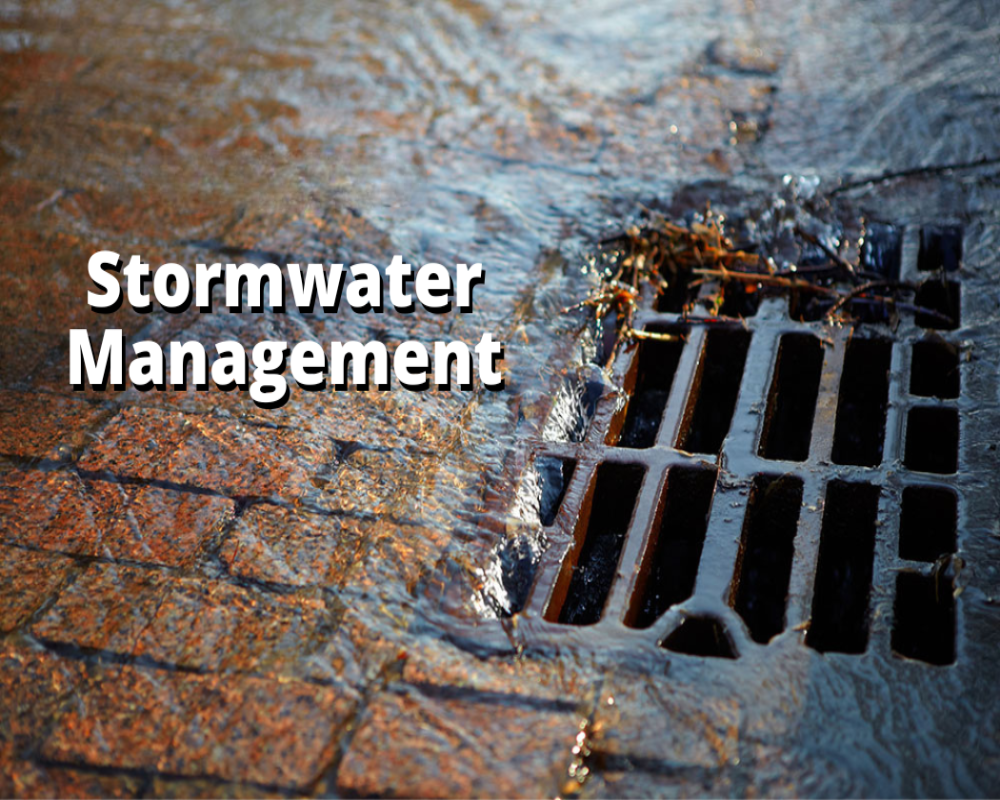Introduction
Stormwater management regulations are a crucial part of environmental compliance in land development, aimed at controlling the runoff generated by rain and melting snow from impervious surfaces such as rooftops, pavements, and roads. As urbanization increases and natural landscapes are replaced with constructed environments, stormwater runoff becomes a significant concern, contributing to flooding, erosion, water pollution, and degradation of aquatic ecosystems. Regulatory frameworks for stormwater management are designed to mitigate these effects by mandating practices that manage runoff at its source, improve water quality, and preserve hydrological balance within the development area.
Legal and Environmental Foundation
The foundation of stormwater regulations is rooted in both environmental protection and urban infrastructure planning. In many jurisdictions, national legislation such as the Clean Water Act in the United States provides overarching authority for stormwater discharge permits through the National Pollutant Discharge Elimination System (NPDES). State and local governments build upon these standards by implementing site-specific ordinances that require developers to incorporate runoff control measures into their project designs.
These legal requirements are not just technical obligations; they reflect a growing recognition of the role stormwater plays in urban sustainability and resilience. By regulating how water is collected, detained, treated, and released, stormwater management frameworks ensure that development does not compromise public safety, overwhelm drainage systems, or degrade natural waterways.
Regulatory Requirements in Site Development
For new development and redevelopment projects, stormwater regulations typically mandate the integration of both structural and non-structural control measures. Developers must prepare and submit a stormwater management plan (SWMP) as part of the permitting process. This plan outlines how the site will control the volume, rate, and quality of runoff during and after construction.
Municipal planning departments and environmental agencies review these plans to ensure compliance with design standards related to stormwater detention, retention, infiltration, and water quality treatment. Design features may include retention basins, detention ponds, permeable paving, green roofs, bioswales, rain gardens, and constructed wetlands. These systems are intended to either capture runoff on-site or treat it before it is discharged into public drainage systems or natural water bodies.
Construction-phase stormwater management is also regulated to prevent sedimentation and erosion, which can clog waterways and damage infrastructure. Developers are required to implement temporary controls such as silt fences, sediment traps, and stabilized construction entrances to prevent disturbed soil from being washed into storm drains or streams.
Performance Standards and Post-Construction Obligations
Stormwater management regulations set specific performance standards that projects must meet. These include controlling the post-development peak discharge rate so that it does not exceed pre-development levels, reducing total suspended solids (TSS) in runoff, and limiting the concentration of nutrients and pollutants.
Once construction is complete, ongoing stormwater management becomes a long-term obligation. Regulations often require property owners or operators to maintain stormwater infrastructure according to approved plans, conduct regular inspections, and submit periodic reports to demonstrate system functionality. In some areas, developers are required to enter into maintenance agreements or establish stormwater utility fees that fund inspection and repair services.
Challenges and Integration with Planning
Complying with stormwater management regulations presents both technical and financial challenges, especially in dense urban areas where space for retention or infiltration features is limited. However, forward-looking design approaches now emphasize the integration of stormwater features with landscaping, public space design, and ecological restoration. This shift toward green infrastructure allows stormwater systems to serve multiple purposes—managing water, enhancing aesthetics, supporting biodiversity, and increasing property value.
Developers benefit from engaging civil engineers, environmental consultants, and local planning officials early in the design process to ensure that stormwater requirements are addressed proactively. Early compliance can avoid costly redesigns, permitting delays, and construction conflicts.
Conclusion
Stormwater management regulations are an essential component of responsible land development, ensuring that new construction projects do not adversely affect water quality, public health, or downstream infrastructure. These regulations establish a framework for balancing growth with environmental stewardship by requiring developers to plan for, control, and maintain stormwater runoff using both traditional and innovative methods. As climate variability and urban density increase, adherence to stormwater standards is not only a legal requirement but a vital part of creating resilient, sustainable, and livable communities. By embedding stormwater management into the core of development planning, cities and developers can work together to safeguard natural systems while advancing urban progress.
Hashtags
#StormwaterManagement #SustainableDevelopment #EnvironmentalRegulations #UrbanPlanning #WaterConservation #GreenInfrastructure #FloodPrevention #ClimateResilience #SmartGrowth #EcosystemProtection #CommunityEngagement #RegulatoryCompliance #WaterQuality #InfrastructureDevelopment #NatureBasedSolutions #UrbanEcosystems #PublicHealth #SoilConservation #FutureCities #SustainableCommunities


